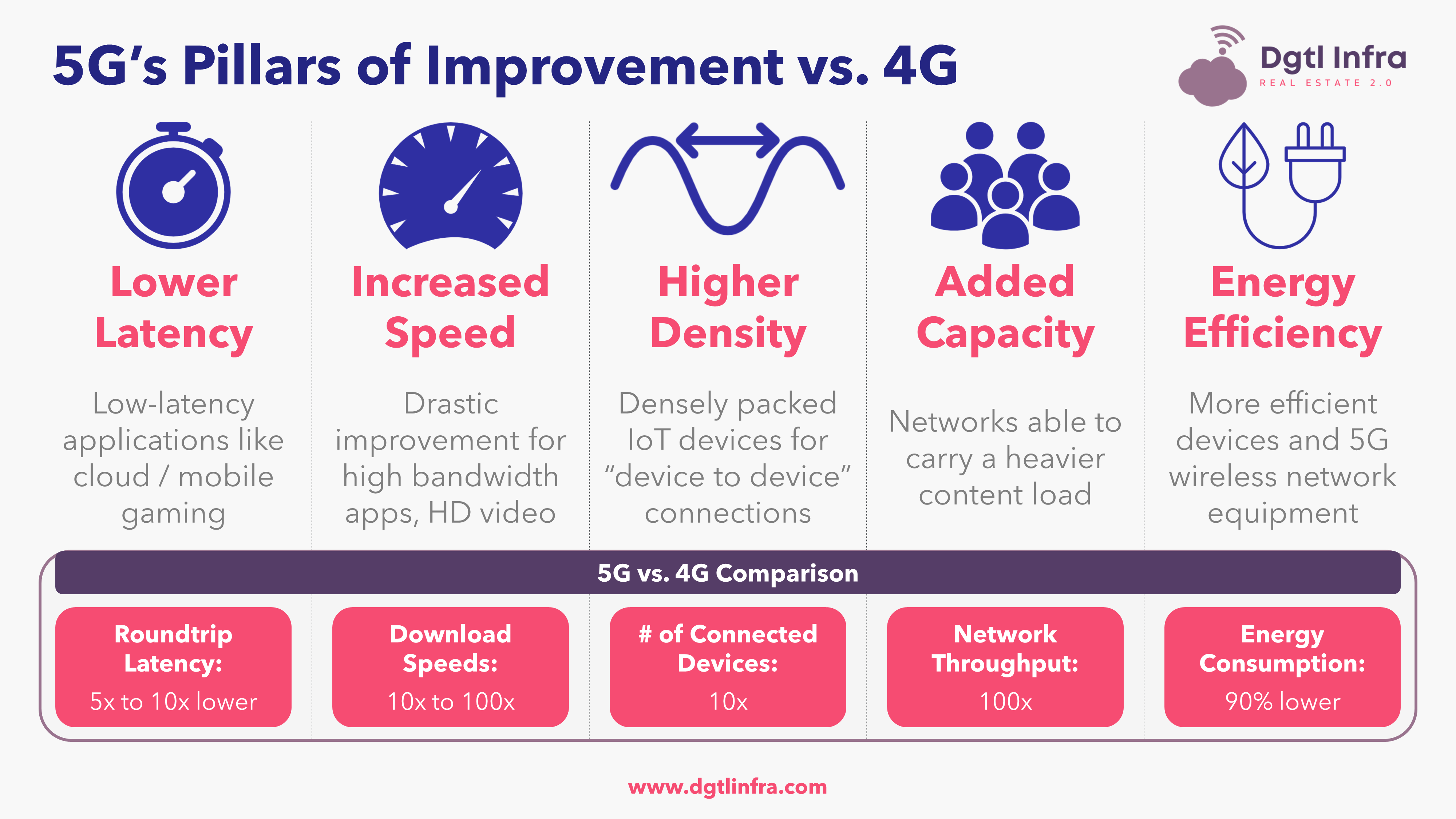In today’s fast-paced world, staying connected is more important than ever. With the rise of 5G technology, there has been a lot of buzz about how it compares to its predecessor, 4G. In this article, we will break down the key differences between 5G and 4G to help you better understand the benefits of upgrading to the latest technology.
Speed
One of the biggest advantages of 5G over 4G is its speed. 5G offers significantly faster download and upload speeds compared to 4G. With 5G, you can expect download speeds up to 10 gigabits per second, which is roughly 100 times faster than 4G. This means you can download movies, music, and large files in a matter of seconds, making streaming and downloading content faster and more efficient.
Latency
Another key difference between 5G and 4G is latency. Latency refers to the time it takes for data to travel from one point to another. With 5G, latency is significantly reduced compared to 4G. This means that tasks such as online gaming, video calling, and real-time communication are much smoother and more responsive on 5G networks.
Coverage
While 5G offers faster speeds and lower latency, one of the challenges of the new technology is coverage. 4G networks have wider coverage compared to 5G networks, which are still in the early stages of deployment. However, as more infrastructure is built and more devices become 5G compatible, coverage will continue to expand, making 5G more accessible to users around the world.
Capacity
5G also offers higher capacity compared to 4G networks. This means that 5G networks can support more devices simultaneously without experiencing congestion or slowdowns. This is especially important in crowded urban areas or during large events where many people are using their devices at the same time. With 5G, you can expect a more reliable and consistent connection, even in high-traffic environments.
Future Applications
One of the most exciting aspects of 5G is its potential to enable new technologies and applications that were not possible with 4G. With its high speeds, low latency, and high capacity, 5G opens up opportunities for innovations such as autonomous vehicles, smart cities, augmented reality, and more. As 5G continues to roll out globally, we can expect to see a wave of new and exciting possibilities that will transform the way we live, work, and play.
Conclusion
In conclusion, 5G offers significant improvements over 4G in terms of speed, latency, coverage, capacity, and future applications. While 4G networks are still widely used today, the transition to 5G is well underway and will continue to accelerate in the coming years. As more devices become 5G compatible and coverage expands, users can expect a faster, more reliable, and more advanced mobile experience. Whether you are a business looking to stay ahead of the competition or a consumer looking for the latest technology, upgrading to 5G is the way of the future.
